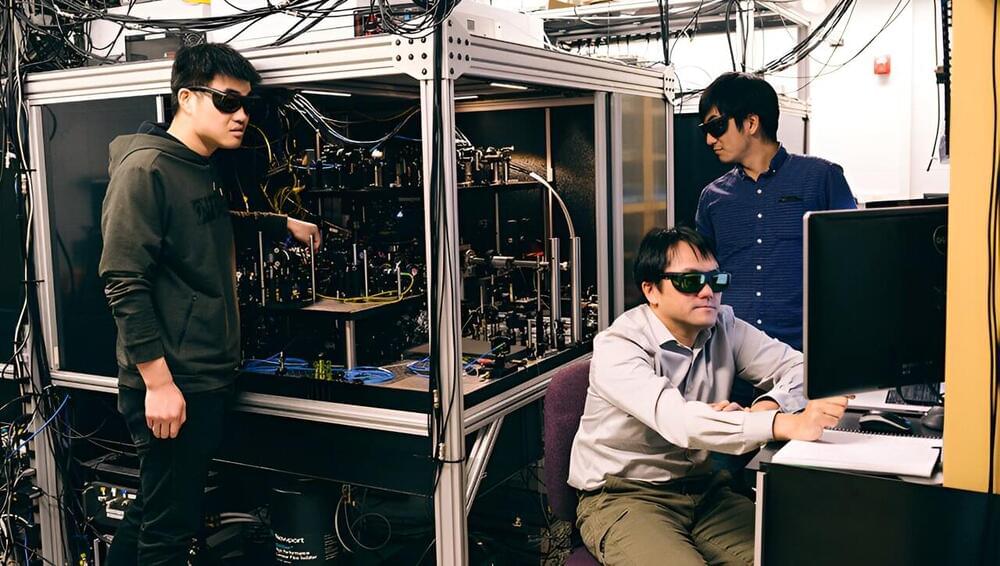This could be the road to quantum computation.
“In contrast, solid-state emitters embedded in a photonic circuit are hardly ‘the same’ due to slightly different surroundings influencing each emitter. It is much harder for many solid-state emitters to build up phase coherence and collectively interact with photons like cold atoms. We could use cold atoms trapped on the circuit to study new collective effects,” Hung continues.
The platform demonstrated in this research could provide a photonic link for future distributed quantum computing based on neutral atoms. It could also serve as a new experimental platform for studying collective light-matter interactions and for synthesizing quantum degenerate trapped gases or ultracold molecules.
“Unlike electronic transistors used in daily life, our atom-coupled integrated photonic circuit obeys the principles of quantum superposition,” explains Hung. “This allows us to manipulate and store quantum information in trapped atoms, which are quantum bits known as qubits. Our circuit may also efficiently transfer stored quantum information into photons that could ‘fly’ through the photonic wire and a fiber network to communicate with other atom-coupled integrated circuits or atom-photon interfaces. Our research demonstrates a potential to build a quantum network based on cold-atom integrated nanophotonic circuits.”
